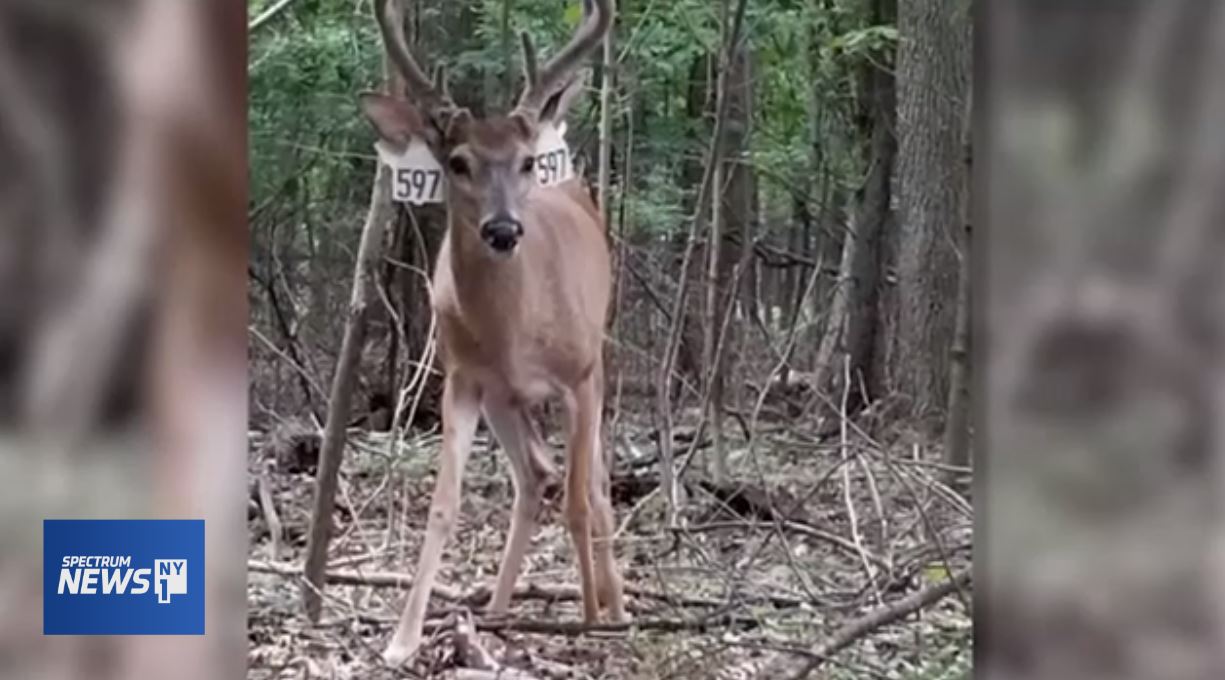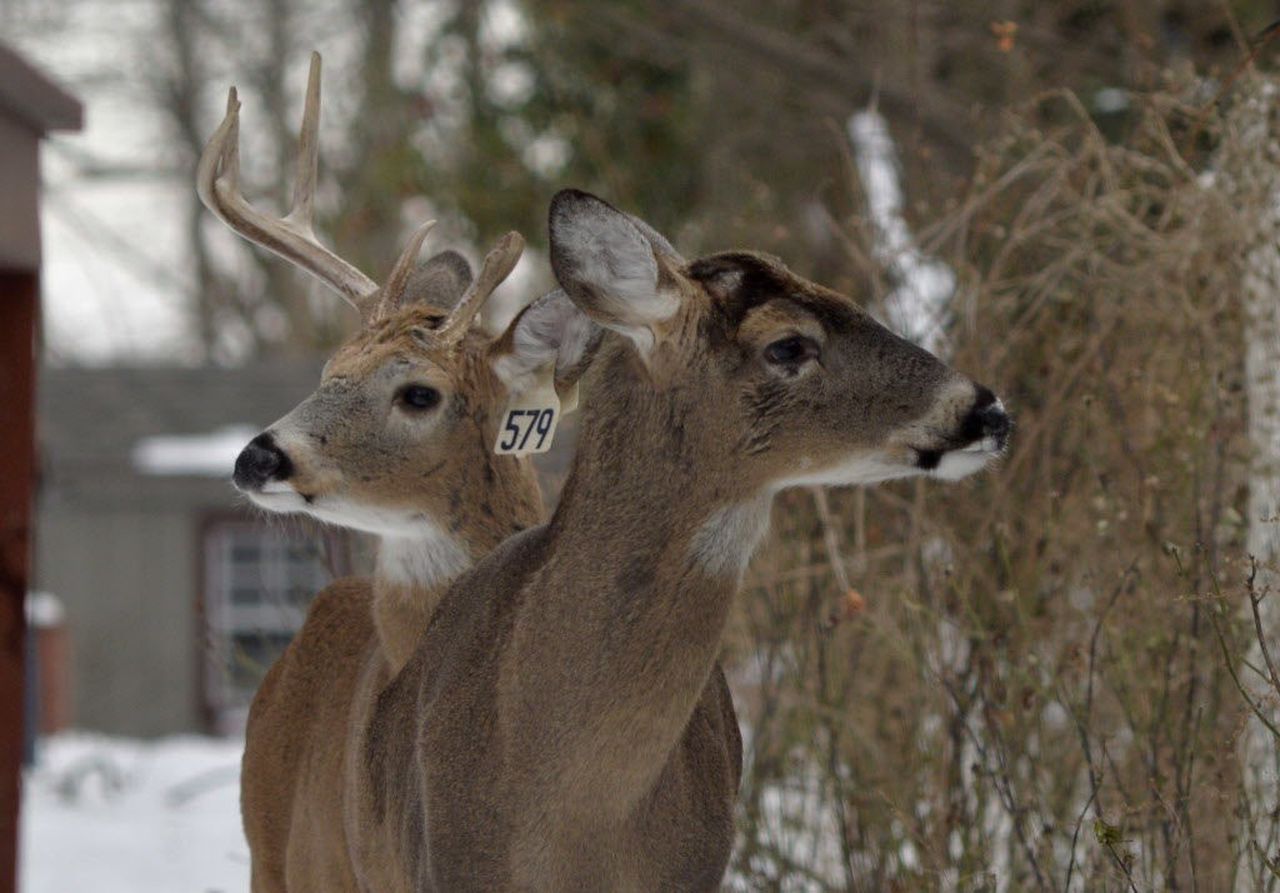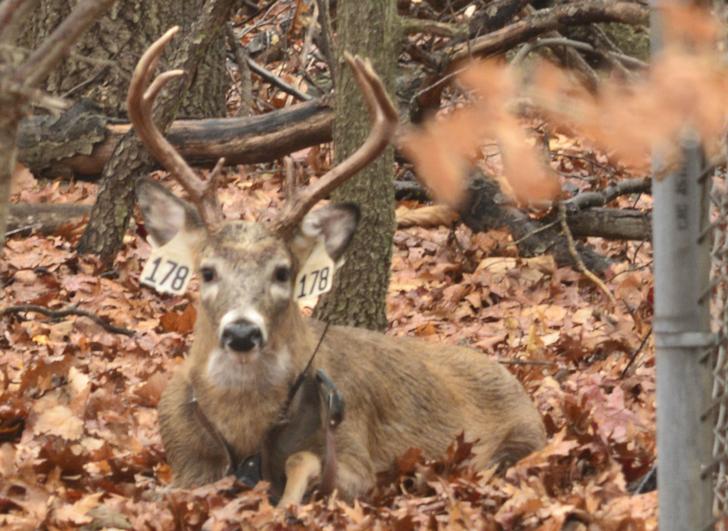Staten Island Deer Vasectomy
There are many aspects to managing a white-tailed deer population, but once the basic concepts of population management and an understanding of white-tailed deer are in hand, implementing and effective management plan to achieve desired results can become reality. With all that said, science has never been able to stand in the path of public perception. Perception, after all, is reality. This is playing out with the Staten Island deer population in New York.
This site is dedicated to helping property owners interested in white-tailed deer management. The goal is to help people manage their land and the deer that live there. We regularly focus on management practices that can be implemented to successfully improve whitetail habitat and deer population parameters. The focus here is on techniques that work, but we would be remiss if we did not point out things that no one should do, not even with someone else’s money.

Population Control on Staten Island: Is This the Plan?
The citizens of New York are about to have a lot of their hard-earned money wasted in an attempt to improperly “control” the Staten Island white-tailed deer population. Their plan involves sterilization of buck deer over a three year period with an expected cost of $2 million… for just the first year.
Source: The city wants to give Bambi a vasectomy.
The Parks Department plans to sterilize hundreds of male deer to help manage Staten Island’s out-of-control and expanding herd, starting as soon as this fall’s rutting season if the plan is approved by the state.
“We do aim to get all of them in order to completely limit the reproduction,” said Sarah Aucoin, Chief of Wildlife and Education at Parks.
The three-year effort is expected to eventually reduce the borough herd 10 to 30 percent. The city would spend $2 million this first year, with the annual cost going down as fewer males are left to sterilize.
Mayor Bill de Blasio will ask the comptroller’s office to fast-track contracting for the endeavor this week. The chosen vendor and city will then apply for a permit from the state Department of Environmental Conservation, which regulates wildlife and must approve a control plan.
“We are moving ahead with a plan to manage the impacts of the deer population on Staten Island in a way that is smart, effective, and humane,” de Blasio said in a statement.
Deer Management: Assumptions Flawed
As I was reading the remainder of the article it was evident that the Staten Island deer management program was going awry. There were a lot of assumptions but, no measurable objectives other than they hoped to decrease the deer population by 10-30 percent lower in three years. Someone will make a lot of money (cha-ching) trapping and sterilizing deer, but throwing good money at a bad idea will not make it a good idea.
An improbable solution, no matter how expensive, will not address the growing deer population living on Staten Island. Let’s look at some assumptions made by NYC officials that need to be addressed:
1. “We do aim to get all of them [bucks] in order to completely limit the reproduction.” It has been assumed that contractors can actually put their hands on all of the bucks living on Staten Island. By the way, the island is almost 60 square miles.
First, there is no way to capture all of the bucks. Impossible. As you successfully sterilize bucks within the herd, the time and money it takes to capture the remaining bucks goes up exponentially as the number of untreated bucks declines. And, if you do not get them all the first year then the remaining bucks will breed the remaining does. Contractors would need to sterilize at least 90 percent of the buck herd in year one, otherwise all the work done during year one is for naught.
A short course on whitetail breeding ecology: A whitetail doe initially comes into estrus during the fall for a 2-3 day period. If she is not impregnated during the initial estrus period then she will continue to cycle every 28 days throughout the fall and winter until she is bred or her hormones make her stop. In short, a few less bucks will not impact the number of does impregnated but only the timing of when they are bred.
A highly skewed buck to doe ratio will result to lower fawn survival the following year because fawns born later in the year, closer to fall, are less likely to obtain the body weight needed to survive the winter. Mission accomplished?

2. “Sterilization was chosen because Staten Island’s herd is mostly growing through reproduction, not migration.” The assumption here is that “other deer” will not move in and add to the island’s current deer population. Also assuming, again, that they will have a significant impact on the number of breeding bucks in year one.
White-tailed deer do not technically migrate, so this statement is true. Yes, reproduction is responsible for population increases. Unfortunately, the deer found living on and off of Staten Island do not recognize the same arbitrary boundaries that we do. There is a 100 percent chance that bucks living near, but not on, Staten Island will move in and breed does living on Staten Island during subsequent breeding seasons.
It is an Island, but it’s not necessarily a closed population. Whitetail arrived by swimming over from New Jersey and they will continue to do so. They will come from other areas bordering the island, too. The news about sterilization will not stop them.
3. “A 2014 aerial survey found 763 deer in Staten Island’s green space, though some ecologists think there may be more than 1,000 here now.” It’s assumed that 763 deer was the number of the deer in the population in 2014, but that is really only the number that were observed, actually counted. There have also been two additional years of reproduction.
There are way deer more than you think. Aerial surveys for wildlife are designed to work by observers counting animals in a given area, say 1 square mile, then interpolating those numbers to additional, similar areas that were not surveyed, such as another 10 square miles. Observers, however, do not see all of the animals.
This is inherently true for just about any type of wildlife survey because it is completely possible to miss animals that are present in the environment. Deer can stay bedded down, simply be out of view and can avoid detection by moving away from observers. Surveys are critically important for managing wildlife populations, but most biologists acknowledge that surveys typically result in an estimate of the “minimum population size,” for the reasons outlined above.
Depending on the survey method used, the estimated population can be significantly lower than the actual population. This is especially true for aerial surveys, where a number of factors must be considered. If surveyors observed 763 deer in 2014 then the Staten Island deer population consists of least 1,500 animals now. In short, the scope of the work is much larger than they think.
4. “The biggest adult bucks that mate with the most does would be sterilized first, followed by smaller, younger and less popular males.” It’s assumed that older bucks do 90 percent of the breeding.
All age classes of bucks participate in the rut. Mature bucks do breed more does than younger bucks, but the score is closer than most think. Research has found that older bucks (3 1/2+ years old) will actually sire about 50-70 percent of the fawns, but the percentage of fawns sired by younger bucks actually increases as their proportion increases within a buck population. Sterilization will prevent treated bucks from participating in the rut, but that gap will be quickly filled by untreated bucks, regardless of age.
It should also be pointed out that older bucks are smart animals with experience on their side, so they will be much more difficult to capture and treat. Contractors need to capture 90+ percent of the buck population every year for sterilization to be effective in a closed population, so my recommendation would be to not pass on any bucks, regardless of age. But the Staten Island deer population is not closed.

Cost to Control Staten Island’s Deer Population
The first year of this three-year project is expected to cost $2 million. Assuming at least $1 million is set aside for each of the two subsequent years, that would put the 3 year project at a total costs of $4 million. Some have said there could be as many as 1,000 deer on the island. Officials hope to decrease the deer population by 10-30 percent over 3 years. That would be a total of 100-300 deer given the “perceived” population size.
Apparently, NYC is content with spending $13,300-$40,000 per deer to decrease the Staten Island deer population. They could use that money to help those less fortunate. And they could deliver them high protein, hunter-harvested venison, too.